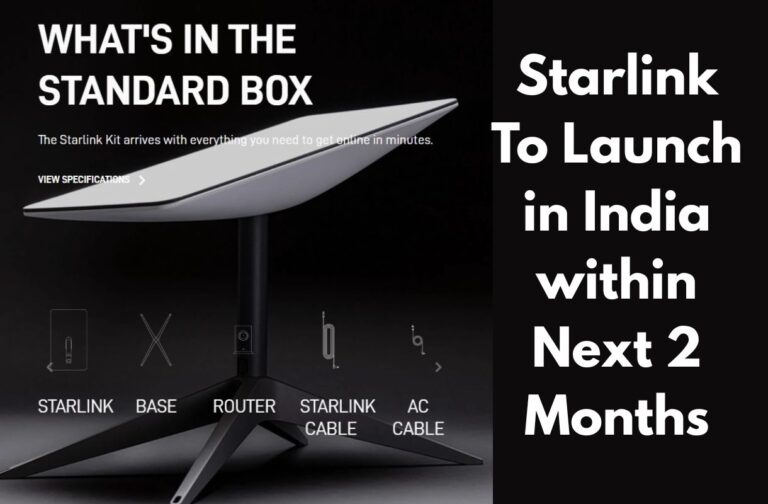Vodafone Idea announced its plans to upgrade 3G users to 4G a few months ago. The change has started rolling out in phases and will eventually apply to all Vi users. The telecom operator claims the upgrade will help deliver a “superior network” experience with faster data speeds to users who switch to 4G services. For this to happen, the customers need to upgrade their existing SIM to 4G to avail the benefits. And to get these benefits, the telco is asking people to visit physical stores in the middle of a pandemic. This transition is already happening in Delhi aiming at improved connectivity.
Vi has decided to use its 900MHz, 1,800MHz, and 2,100MHz spectrum bands to switch from 3G services to 4G. The company conducted an initial refarming trial with Nokia in June that is touted to be the world’s largest deployment of Dynamic Spectrum Refarming (DSR). Airtel has already done this in 2019 and Vi is taking every step to be competent.
Telecom experts believe that the transition from 3G to 4G will not just help customers on the Vi network but will also play a vital role in maintaining the operator’s revenues over time as it will enhance its services without increasing capital expenditure. The telco plans to focus on the upcoming 5G spectrum auction by saving their expenditure on 3G.
If you’re looking to get a new connection, Vi will happily send someone to your home with a new SIM through its doorstep SIM delivery service but this service is not available for an existing user. Does this mean that Vi is only concerned about getting new subscribers and not about the existing ones?
Vi has already started sending SMS messages to eligible customers in select circles for upgrading their SIM to 4G.
What happens if you don’t upgrade?
The operator says that it will continue to provide 2G services for voice calls. However, you will no longer have access to data services.
This will indeed push a large number of potential customers to eventually opt for the upgrade — or may switch to another network.
Vi has around 259 million active subscribers as per the latest reports from TRAI and the transition will force hundreds of subscribers to visit the store to replace their SIMs. Instead, the operator could offer doorstep delivery to replace the SIM.
In June, Vi installed protective shields at some of its telecom outlets to prevent direct contact between the retail personnel and customers. The operator also said mentioned that it ensured social distancing within the store premises and took measures including hourly sanitization and queue management outside the store to prevent exposure in its stores.
But given that it does allow for the delivery of SIMs, it’s concerning that the customers have to physically show up for this particular upgrade. It seems to buy a new one is much easier than to upgrade your SIM to 4G.
While the telco’s claim to have installed protective shields might be true for some cities, it is not the case across the country.
What is your view on this?
Do you prefer going out at a physical store to get your SIM exchanged or would you rather get it delivered to your doorstep?
Tell us in the comment section below.




